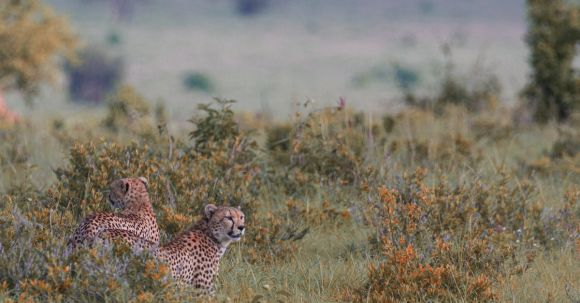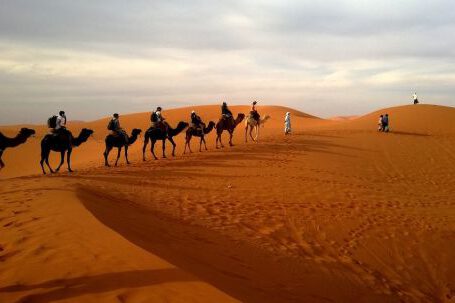The animal kingdom is a constant battleground, with predators always on the lookout for their next meal. In order to survive, prey species have developed a wide range of tactics to evade their would-be attackers. These tactics can be both physical and behavioral, and they are often adapted to the specific characteristics and hunting styles of their predators. In this article, we will explore some of the most fascinating tactics that prey species use to outsmart and escape from their predators.
Camouflage: Blending in with the surroundings
One of the most common tactics used by prey species is camouflage. Many animals have evolved colors and patterns that allow them to blend in with their surroundings, making it difficult for predators to spot them. For example, the peppered moth is able to change its color to match the tree bark on which it rests, while the Arctic fox has a white fur coat that helps it blend in with the snowy landscape. By using camouflage, prey species are able to avoid detection and increase their chances of survival.
Mimicry: Looking like someone else
Another tactic that prey species use is mimicry. Some animals have evolved to resemble or imitate other species that are either toxic or highly unpalatable to predators. This form of mimicry, known as Batesian mimicry, allows the prey species to fool their predators into thinking that they are dangerous to eat. For example, the viceroy butterfly mimics the appearance of the poisonous monarch butterfly, effectively deterring predators from attacking it. By adopting the appearance of a dangerous species, prey animals are able to reduce their risk of being eaten.
Speed and agility: Running for their lives
When faced with a predator, many prey species rely on their speed and agility to evade capture. From gazelles to rabbits, these animals have evolved to be incredibly fast and nimble, allowing them to outrun their predators. For example, the cheetah, known as the fastest land animal, can reach speeds of up to 70 miles per hour in short bursts, making it difficult for its prey to escape. By relying on their speed and agility, prey animals are able to create distance between themselves and their predators, increasing their chances of survival.
Group defense: Safety in numbers
Some prey species have developed tactics that rely on strength in numbers. By grouping together, these animals are able to confuse and overwhelm their predators, making it difficult for them to single out and capture an individual prey animal. For example, when a predator approaches a flock of birds, the birds will often fly in a coordinated manner, creating a swirling mass that confuses and disorients the predator. By working together, prey animals are able to increase their chances of survival and decrease the likelihood of being caught.
Conclusion: Survival strategies in the animal kingdom
In the never-ending battle between predators and prey, it is clear that prey species have developed a wide range of tactics to evade their attackers. Whether it is through camouflage, mimicry, speed and agility, or group defense, these animals have adapted to their environments and evolved strategies that increase their chances of survival. The animal kingdom is a fascinating place, full of intricate and complex survival strategies that continue to amaze and inspire us.





